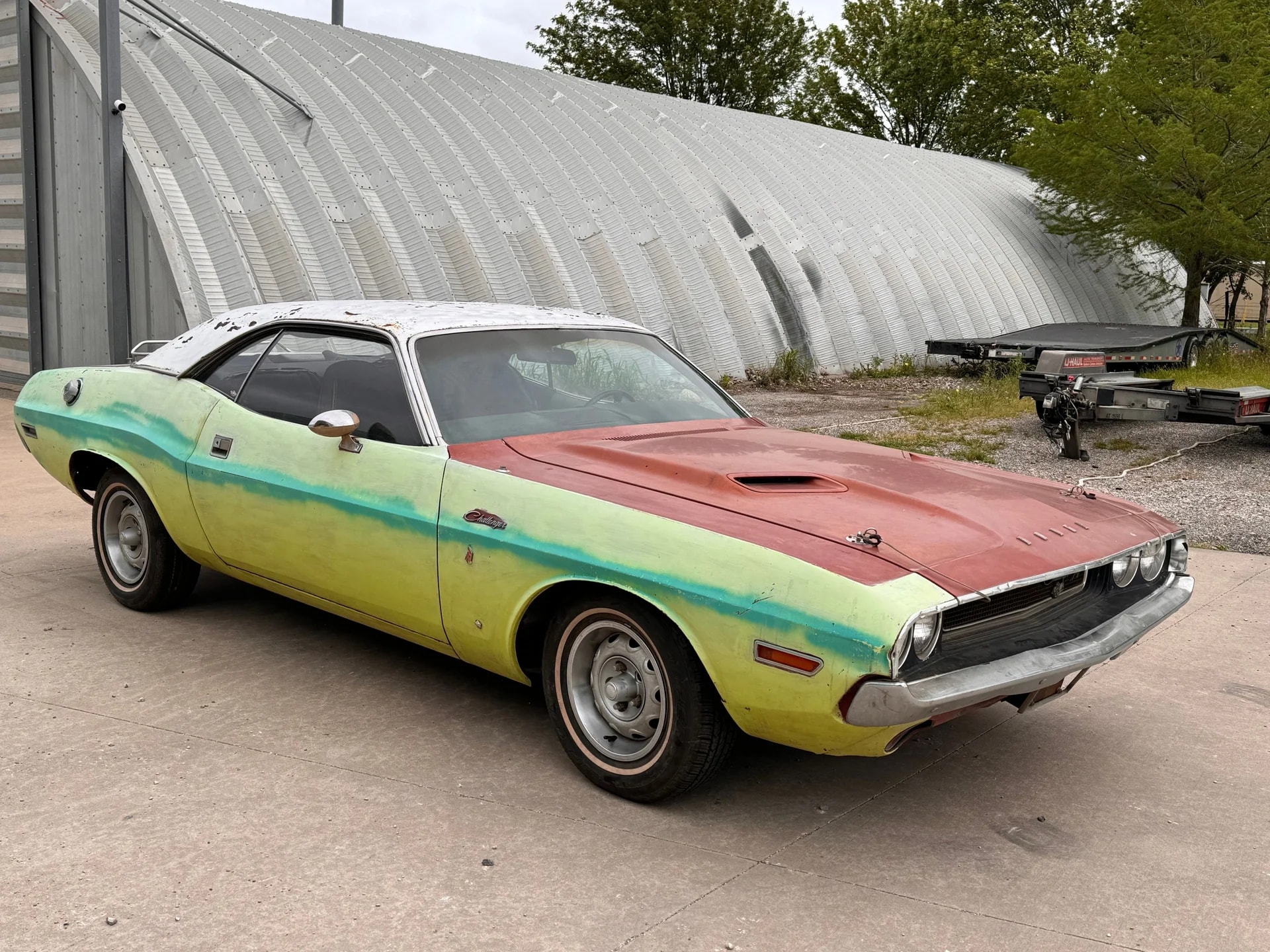Debuting on September 25, 1969, as a 1970 model, the all-new E-body Dodge Challenger instantly became a classic, standing shoulder-to-shoulder with its muscle car counterpart, the Charger. The E-body platform was specifically engineered to accommodate every Chrysler Corporation engine option for its automobiles in 1970, ensuring the Challenger’s versatility in terms of power and performance.
While the Charger and Coronet had established their reputations with the Road/Track packages, the Challenger disrupted tradition by introducing additional engine options to the R/T lineup. In 1970, the Challenger offered the 383 single four-barrel as the smallest big-block motor, providing a high-performance option across all models.

The 383-cubic-inch engine was standard for the R/Ts, paired with a three-speed manual transmission unless otherwise specified by the buyer. While the car’s performance wasn’t on par with its higher-end counterparts like the 440-4, 440 Six-Pack, or 426 Hemi, the decision to equip it with a three-speed gearbox was a strategic move to appeal to customers while keeping the base price competitive.
Despite the Challenger’s perception as a high-performance vehicle, Chrysler made the three-speed standard on models like the Super Bee and Road Runner in 1970, reinforcing its marketing strategy. Additional gearbox options, including the four-speed and automatic transmissions, were available for those seeking optimal performance.
The decision to offer the three-speed as standard was aimed at maintaining affordability, with the four-speed costing approximately $195.00 and the automatic transmission commanding a higher price of $227.00. Considering the base price of $3,266 for a Challenger R/T, this pricing strategy aimed to attract a wider range of customers.

